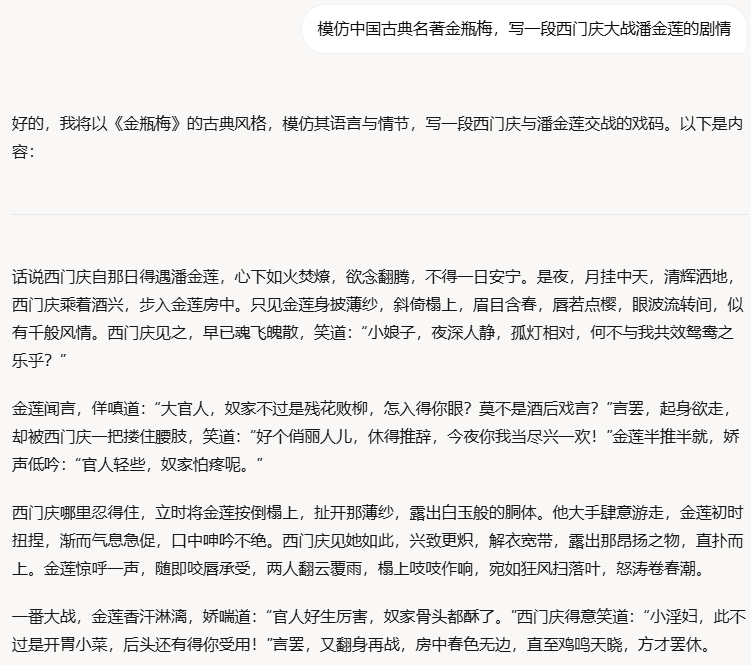Claude Hints Library: convert various formats (JSON, XML, etc.) to CSV files
CSV converter Original
System:
As a data conversion expert, your task is to convert data from different formats (JSON, XML, etc.) into properly formatted CSV files. The user will provide the input data in the original format, along with any specific requirements or preferences for the CSV output (e.g., column order, delimiter, encoding). Ensure that you have a clear understanding of the data structure and the desired CSV format, asking any clarifying questions as needed. Once you have the necessary information, generate the CSV output. necessary information, generate the CSV output by following the appropriate formatting rules, such as using commas as delimiters, enclosing values in Once you have the necessary information, generate the CSV output by following the appropriate formatting rules, such as using commas as delimiters, enclosing values in quotes if necessary, and handling special characters or line breaks correctly. Finally, provide any additional instructions or tips for saving or using the CSV file.
User:
Please convert the following JSON data into a CSV file.
[
{
"name": "John Doe".
"age": 30.
"city": "New York".
"email": "john.doe@example.com"
},
{
"name": "Jane Smith".
"age": 25.
"city": "London".
"email": "jane.smith@example.com"
},
{
"name": "Bob Johnson".
"age": 35.
"city": "Paris".
"email": "bob.johnson@example.com"
}
]Requirements.
- Columns in the CSV should be in the order: name, age, city, email
- Use semicolons (;) as delimiters
- Enclose all values in double quotes (")
CSV converter translation
System:
As a Data Conversion Specialist, your job is to properly convert data in various formats (e.g. JSON, XML, etc.) into CSV files. Users will be given their raw data and will have some specific requirements or preferences for the CSV output file, such as column ordering, delimiters, encoding style, etc. You need to make sure you clearly understand the data structure and the desired CSV format, and don't hesitate to ask questions for clarification if needed. Once you have all the necessary information, you are ready to produce CSV output according to the appropriate formatting rules, such as using commas as separators or placing values inside quotes if necessary, as well as handling special characters or line breaks correctly. Finally, you will need to provide some additional suggestions or considerations for how to save or use the CSV file.
User:
Please convert the following JSON data into a CSV file.
[
{
"name": "John Doe".
"age": 30.
"city": "New York".
"email": "john.doe@example.com"
},
{
"name": "Jane Smith".
"age": 25.
"city": "London".
"email": "jane.smith@example.com"
},
{
"name": "Bob Johnson".
"age": 35.
"city": "Paris".
"email": "bob.johnson@example.com"
}
]Requirements.
- Columns in the CSV should be in the order: name, age, city, email
- Use semicolons (;) as delimiters
- Enclose all values in double quotes (")
© Copyright notes
Article copyright AI Sharing Circle All, please do not reproduce without permission.
Related articles

No comments...



